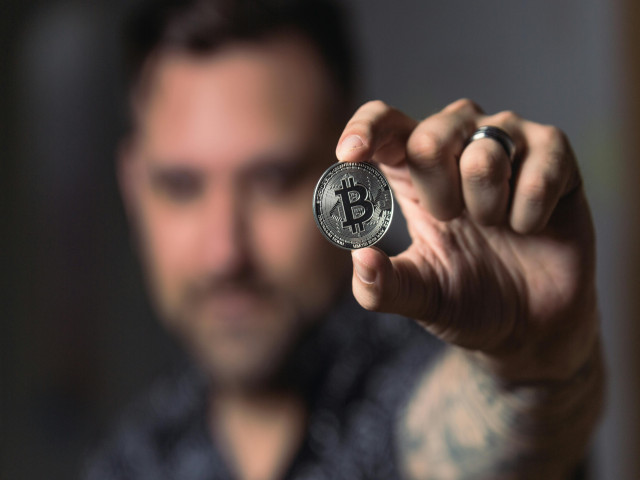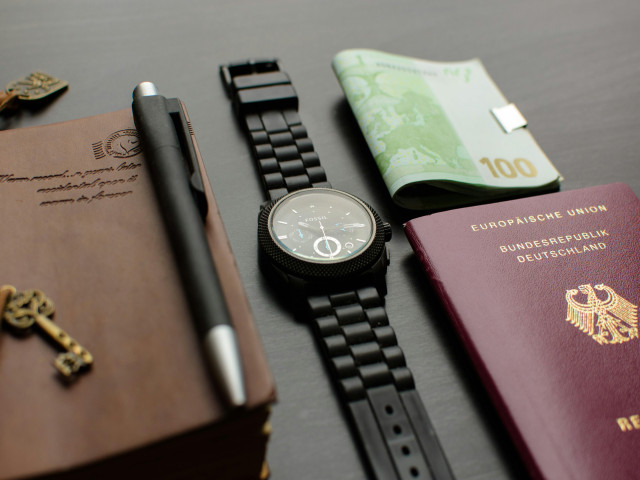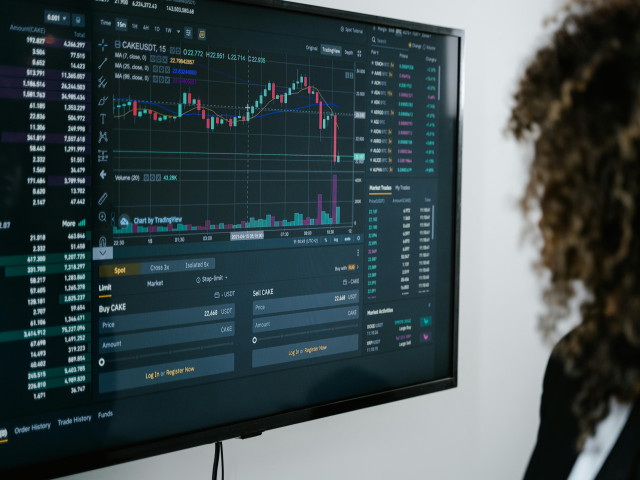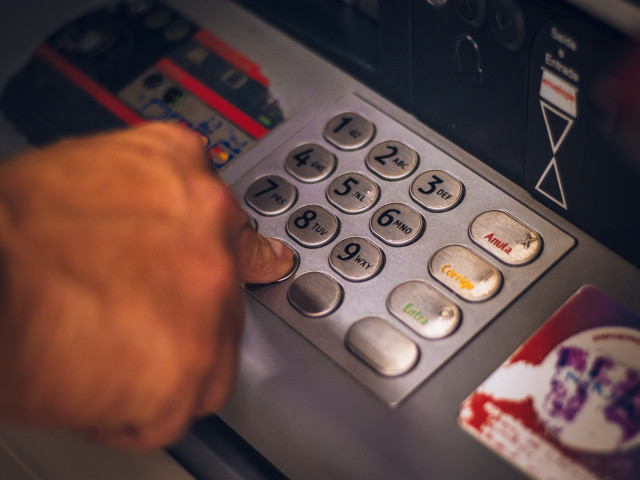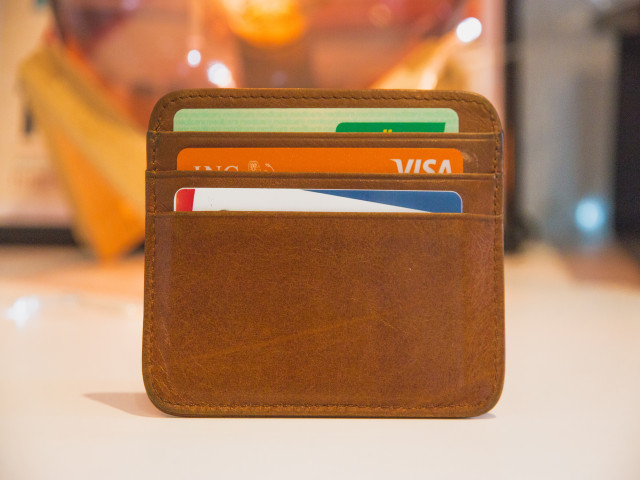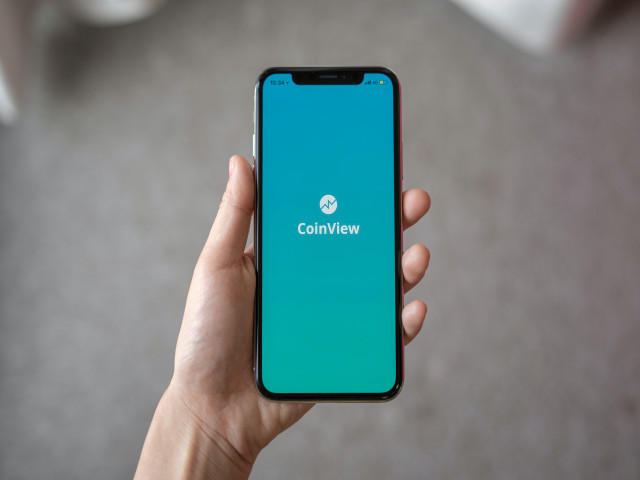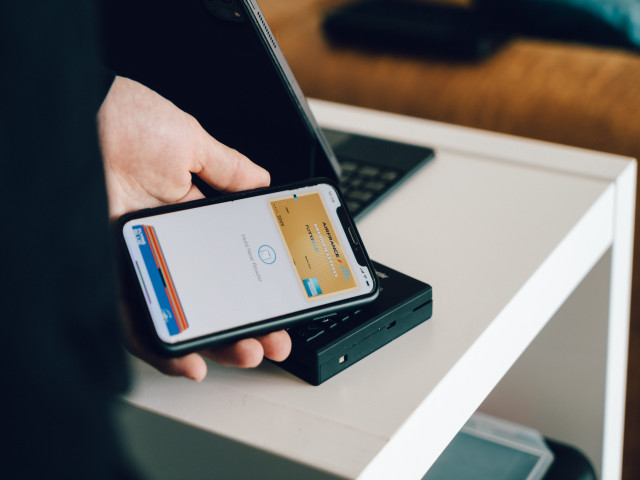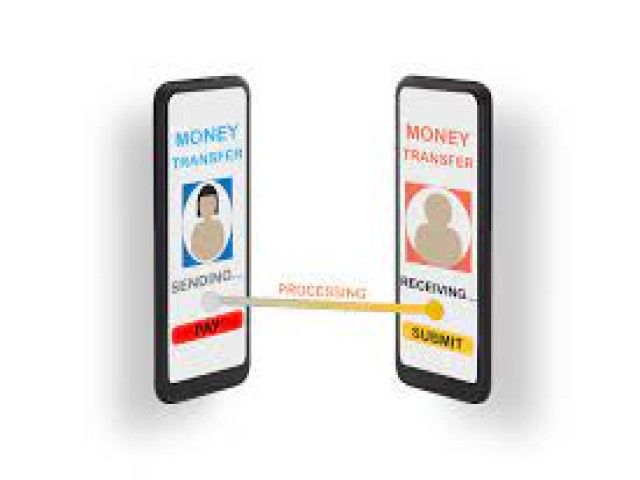17 Jan 2024
Mobile Wallets and Beyond: The Evolution of P2P Money Transfers

Introduction
In the fast-evolving landscape of financial technology, mobile wallets have emerged as the frontrunners in revolutionizing peer-to-peer money transfers. From simplifying transactions to introducing innovative features, these digital solutions have reshaped the way we exchange funds. Join us as we explore the journey of mobile wallets, from their humble beginnings to becoming catalysts for financial inclusivity and convenience in the digital age.
Evolution from Traditional Methods to Digital Platforms
The landscape of peer-to-peer (P2P) money transfers has undergone a remarkable transformation, shifting from conventional methods to the digital realm. In the not-so-distant past, individuals relied heavily on traditional channels, such as cash or checks, to facilitate P2P transactions. However, with the advent of digital technology, the financial ecosystem has witnessed a paradigm shift. Online platforms now provide seamless alternatives, enabling users to send and receive funds with unprecedented convenience. This evolution signifies a departure from the limitations of physical transactions and embraces the efficiency of the digital era.
Rise of Mobile Payment Apps and their Impact on P2P Transactions
A pivotal player in the revolution of P2P money transfers is the rise of mobile payment apps. These applications, easily accessible on smartphones, have redefined the dynamics of financial interactions. With just a few taps, users can initiate P2P transfers, eliminating the need for physical currency. The convenience offered by mobile payment apps extends beyond domestic borders, allowing for global P2P transactions at the speed of a text message. This shift towards mobile-centric solutions not only enhances user experience but also aligns with the fast-paced, interconnected nature of the modern world.
Comparison with Traditional Banking Methods for Peer-to-Peer Transfers
As digital platforms and mobile apps reshape the P2P money transfer landscape, a natural comparison arises with traditional banking methods. Traditional banks, with their established infrastructure, have long been the custodians of financial transactions. However, the bureaucratic processes, time delays, and often higher associated costs have prompted users to explore alternative avenues. Digital platforms and mobile apps, in contrast, offer a nimble and user-friendly experience. The transparency, speed, and often lower fees associated with these modern solutions make them an attractive choice for individuals seeking efficient and cost-effective P2P transactions.
Addressing Concerns Related to the Security of Mobile Wallet Transactions
In the rapidly evolving landscape of digital payments, the security of peer-to-peer (P2P) transactions is a paramount concern, especially when it comes to mobile wallet usage. Mobile wallets have become ubiquitous for their convenience, allowing users to make seamless transactions with a tap of their smartphones. However, concerns about the safety of personal and financial information linger. To mitigate these worries, robust security measures are imperative.
Security protocols in mobile wallets typically involve end-to-end encryption, safeguarding sensitive data during transmission. This ensures that even if intercepted, the information remains unreadable to unauthorized parties. Additionally, incorporating multi-factor authentication adds an extra layer of protection, requiring users to verify their identity through multiple means. As the mobile wallet industry continues to evolve, addressing these concerns becomes not just a feature but a necessity to foster user trust.
The Role of Encryption and Authentication in Ensuring Secure P2P Transfers
Encryption serves as the digital guardian of P2P transactions, rendering the information within mobile wallets virtually indecipherable to cyber threats. Advanced encryption algorithms protect user credentials, payment details, and transaction histories. This technological fortification ensures that even if a breach were to occur, the exposed data would be of no value to malicious actors.
Coupled with encryption, authentication mechanisms play a pivotal role in securing P2P transfers. Biometric authentication, such as fingerprint or facial recognition, enhances the user verification process, making it significantly harder for unauthorized access. These layers of security not only fortify the trust users place in mobile wallets but also contribute to the overall resilience of the digital payment ecosystem.
Building Trust Among Users in the Digital Payment Ecosystem
Trust forms the cornerstone of any successful digital payment ecosystem. For P2P transactions to thrive, users must feel confident that their financial information is secure. Establishing trust involves not only robust security measures but also transparent communication about these measures. Educating users about encryption, authentication processes, and continuous security updates fosters a sense of confidence in the digital payment platform.
Furthermore, incorporating user-friendly interfaces that clearly display security features can help demystify the technical aspects of mobile wallet transactions. User testimonials and reviews highlighting positive experiences with secure P2P transfers contribute to building a community of trust among digital payment users. Ultimately, in the dynamic realm of mobile wallet transactions, security and trust go hand in hand, forming the bedrock of a reliable and user-friendly digital payment ecosystem.

Introduction of Additional Features Beyond Basic Money Transfers
The evolution of mobile wallets has transcended mere monetary transactions, with providers increasingly focusing on enhancing user experiences through innovative features. While the core functionality of facilitating money transfers remains pivotal, modern mobile wallets now boast a plethora of additional features. These include bill payments, expense tracking, and budgeting tools, transforming these digital platforms into comprehensive financial management solutions. Users can now effortlessly manage their finances, gaining real-time insights and control over their spending habits directly from their mobile devices. The introduction of these advanced features not only simplifies daily financial tasks but also positions mobile wallets as indispensable tools for holistic money management.
QR Code Payments, Split Bills, and In-App Purchases
In response to the growing demand for seamless and convenient transactions, mobile wallets have incorporated cutting-edge features such as QR code payments, split bills, and in-app purchases. QR code payments eliminate the need for physical cash or cards, allowing users to make swift transactions by simply scanning a code. Splitting bills among friends or colleagues has become hassle-free, as mobile wallets enable users to divide expenses and settle debts effortlessly. Moreover, the integration of in-app purchases amplifies the versatility of mobile wallets, enabling users to shop online, subscribe to services, and even make reservations directly through the application. These features not only elevate the convenience factor but also cater to the diverse needs of today's tech-savvy consumers.
The Role of Artificial Intelligence and Machine Learning in Enhancing User Experience
Artificial intelligence (AI) and machine learning (ML) have emerged as pivotal components in shaping the future of mobile wallet technology. These sophisticated technologies play a crucial role in enhancing user experiences by personalizing services, predicting user preferences, and bolstering security measures. AI algorithms analyze spending patterns and provide tailored recommendations, empowering users to make informed financial decisions. Additionally, ML algorithms contribute to robust fraud detection mechanisms, safeguarding users against unauthorized transactions. The integration of AI and ML not only streamlines the user experience but also ensures the continual evolution of mobile wallets to meet the dynamic demands of the digital age.
Accessibility of P2P Mobile Transfers in Various Regions
In an era dominated by digital innovation, peer-to-peer (P2P) mobile transfers have emerged as a global game-changer, breaking down geographical barriers and redefining financial transactions. The accessibility of P2P mobile transfers varies across regions, with some areas experiencing a rapid adoption while others are gradually embracing this transformative technology. Developed economies showcase a widespread integration of P2P platforms, offering users seamless and instantaneous fund transfers. Meanwhile, developing regions are witnessing a surge in accessibility as technology penetrates deeper into communities, bridging the gap between urban and rural areas. The evolution of P2P mobile transfers is reshaping the financial landscape, fostering financial connectivity on a global scale.
The Role of Mobile Wallets in Financial Inclusion
At the heart of the financial inclusion revolution are mobile wallets, serving as catalysts for economic empowerment. These digital repositories enable users to store, manage, and transfer funds securely, transcending the limitations of traditional banking. Mobile wallets play a pivotal role in providing financial services to the unbanked and underbanked populations, offering them a gateway to the formal economy. In regions where access to traditional banking infrastructure is limited, mobile wallets act as a lifeline, empowering individuals to participate actively in economic activities, save money, and build a financial identity. The inclusivity embedded in mobile wallet technology is reshaping the narrative of financial services, making them accessible to everyone, irrespective of their geographical location or socio-economic background.
Case Studies Highlighting the Impact on Unbanked Populations
Real-world impact speaks louder than theoretical promises, and several case studies underscore the transformative influence of P2P mobile transfers and mobile wallets on unbanked populations. From rural communities in Sub-Saharan Africa to remote villages in Southeast Asia, these case studies illuminate the positive shifts in financial behavior and empowerment. Mobile transfers have facilitated quick and secure transactions, eliminating the need for physical currency. Mobile wallets, through partnerships with local businesses, have enabled unbanked individuals to make purchases, pay bills, and even access credit, thereby breaking the cycle of financial exclusion. These case studies serve as beacons of hope, demonstrating that the integration of P2P mobile transfers and mobile wallets is not just a technological advancement but a powerful force driving financial inclusivity on a global scale.
FAQs
Q. What is a mobile wallet?
A. A mobile wallet is a digital version of a physical wallet, allowing users to store, send, and receive money using a mobile device.
Q. How do mobile wallets facilitate P2P money transfers?
A. Mobile wallets enable P2P money transfers by utilizing secure technology to send funds directly between users' mobile devices.
Q. What sets mobile wallets apart from traditional banking for money transfers?
A. Mobile wallets offer convenience, accessibility, and often quicker transactions compared to traditional banking methods.
Q. What security measures are in place for mobile wallet transactions?
A. Security features include encryption, biometric authentication, and tokenization to safeguard user information and financial transactions.
Q. What role does NFC technology play in mobile wallet transactions?
A. Near Field Communication (NFC) allows contactless payments, enabling users to make transactions by bringing their mobile devices close to a compatible payment terminal.
Q. How have mobile wallets evolved over time?
A. Mobile wallets have evolved to include additional features like bill payments, in-app purchases, and integration with loyalty programs, enhancing their overall functionality.
Q. Are mobile wallets widely accepted globally, or are there regional variations?
A. While mobile wallets are globally accepted, the level of adoption may vary across regions due to factors like infrastructure and regulatory differences.
Q. What challenges have emerged with the evolution of P2P money transfers through mobile wallets?
A. Challenges include security concerns, interoperability issues between different wallet providers, and the need for regulatory frameworks to address emerging issues.
Q. How do mobile wallets contribute to financial inclusion?
A. Mobile wallets can provide financial services to the unbanked or underbanked populations, offering a pathway to financial inclusion.
Q. What innovations can we expect in the future of P2P money transfers and mobile wallets?
A. Future developments may involve enhanced AI-driven features, increased interoperability, and the integration of blockchain technology for added security and efficiency.
Conclusion
As we conclude our exploration into the evolution of P2P money transfers through mobile wallets, it's evident that we stand at the forefront of a transformative era in financial technology. The journey from traditional banking methods to the seamless, feature-rich world of mobile wallets has not only enhanced convenience but has also paved the way for greater financial inclusivity. The ongoing innovations in this space, coupled with heightened security measures, reinforce the trajectory of mobile wallets beyond being mere transaction tools. They now stand as powerful instruments shaping the future of how we manage and transfer money, bringing financial empowerment to individuals across the globe.
UP NEXT
https://dollardirect.cc/blog/ensuring-security-a-comprehensive-guide-to-safe-online-money-transfers/152


